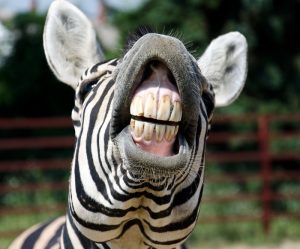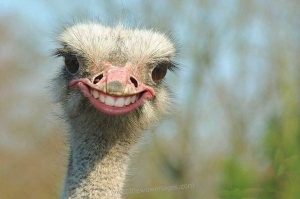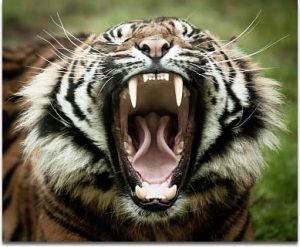Teeth are so important to our diet- It made me wonder if we can tell what animals eat just by looking at their smiles. Here are a few photos- Can you guess what their main diet is? It made me also wonder how many teeth do different animals have?
What do you notice? What do you wonder?
a)What’s the “Math Happening”?
(What do you wonder about? What do you notice?)
Notice that zebras have flat teeth while tigers have sharp canines!
b) What do we already know?
(What do we already know that can help us?)
We know human babies have less teeth (20) than adults (32)
Animals have different teeth depending on their diet.
Incisors |
(I) |
Adapted for biting, cutting and stripping |
Canines |
(C) |
Adapted for seizing, piercing and tearing |
Premolars |
(P) |
Adapted for grinding, crushing, shearing and slicing |
Molars |
(M) |
Adapted for grinding and crushing |
Herbivores feed on plant material. They need to clip green leafy material off from grass roots
(grazers) and tree branches (browsers). The cellulose in leaves is ground down into a mash that can be more easily digested. Incisors have a flat cutting edge, for use in clipping off plant stems. Since these teeth wear down from this work, there is continuous tooth growth in many species. Canines are often lacking entirely, as the food does not need to be captured, though squirrels may have pointed incisors that look like canines, which they use to break nuts open. Molar teeth are tall and very broad. They have flat upper jaw surfaces sometimes with ridges on them to help grind plant material.
Omnivores have the most variable teeth, used for eating both plant and animal material that make up their broad diet. Incisors are more shovel-shaped than pointed. Long, sharp canines are used for puncturing and grabbing onto animal prey. Wide molar and premolar teeth handle both the chewing of meat and the grinding of plant material. They have low bumpy crowns.
Carnivores share special adaptations for life as predators. Large slicing canines for piercing the skin of prey, and for cutting and chewing meat. Pointed incisors for tearing flesh. Even the cusps on a carnivore’s molars are high and pointed, because these teeth too are used in tearing and chewing flesh. Long roots on all teeth so that they are well anchored for working on the tough food material. Carnivores also have front facing eyes, heavy skulls that support the large muscles needed to work the jaws, and jaws that are very strong but that move only up and down, not from side to side.
c) What do we need to know?
If I knew_______then, I can figure out_________. (Make assumptions.)
Use the data to determine if you can tell what type of diet these animals have based on their teeth.

d) Do the math! Solve!
Build a Math Model or General Rule
(What math can I use to solve the problem?)
(Think back to the problem statement. Does the solution work?)
e) Does the solution make sense? How can you Revise, Refine and Report your solution? (What might you change?)






1 comment
I wonder how many teeth zebras have. Are they like horses? It looks like they have teeth of herbivores. https://www.dkfindout.com/us/animals-and-nature/food-chains/types-teeth/
Mountain zebra’s have the same number of teeth as a horse does, which is about 44 teeth. The front teeth of the zebra is sharp (incisors) so it can break off the grass easy. The incisors are the cutting teeth, which is the front teeth and are used for the biting of the food. They are straight and sharp and grow continually throughout the animals life because it gets warn down gnawing through things. The back teeth (molars) are used to crush the food it eats. The constant grinding of grass wears the teeth down, but zebra’s teeth never stop growing.
Zebras have long crowned teeth. The shape of the teeth are determined by what the animal eats. For the zebra, they have many molars to grind up the grass it eats. It needs big molars to do this so zebras can digest their food easier. The zebra also has canine and premolar teeth, but these teeth are not important in the ingestion of food and the braking down of food that in required.